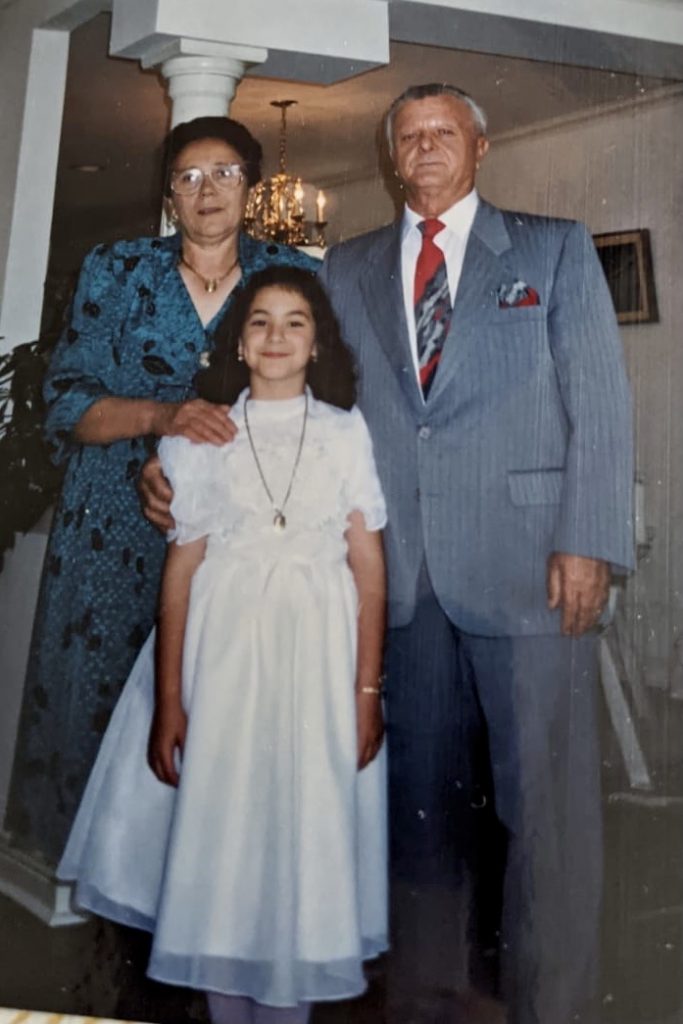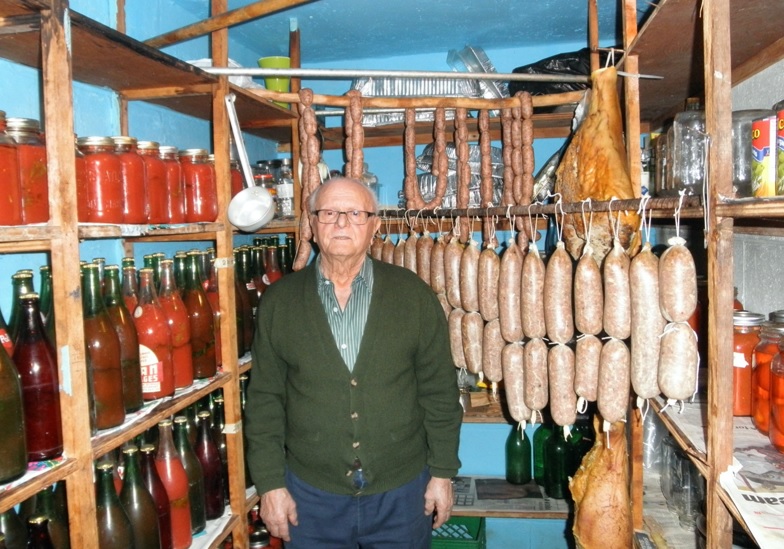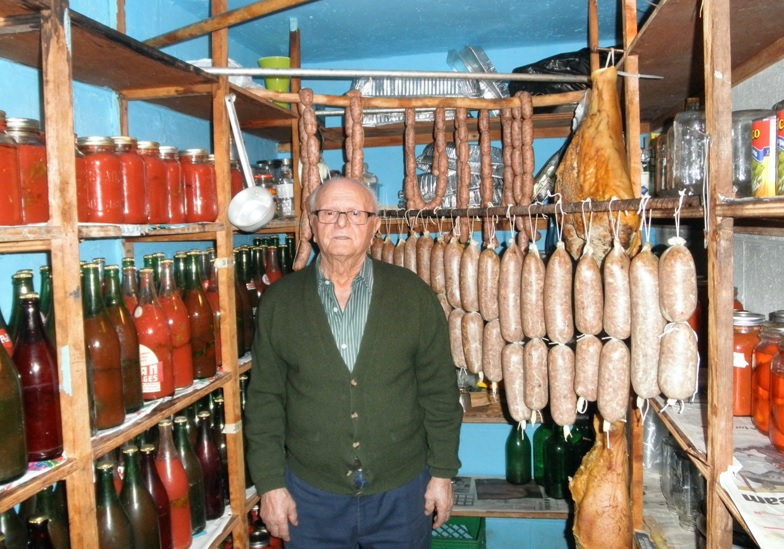By Vanessa Sacco for Transformation Canada – Growing up, whenever someone asked me what my background was, I always said “Italian-French-Canadian”. While I was born in Toronto, and have a bigger family on my French-Canadian side, I still always said Italian first. This was not something I was prompted into saying, but something I felt. Maybe it was my brown eyes and dark curly hair, the ability to tan easily, my booming voice, or big sweeping hand gestures whenever I spoke. But whatever the reason, it wasn’t just Italian I felt, it was a specific Italian, a 1950’s Italian.

While growing up, the major influences on my thinking were my Italian grandparents (nonni), Silvio Sacco and Lidia (Pichelli) Sacco. With their young family, they immigrated to Canada in June of 1958 and settled in Welland, Ontario. My father was only eighteen months old at the time. My nonni left their home and farm in Colledara, in the province of Teramo, Abruzzo, to forge a better life for themselves and their young family.
This notion of being a 1950’s Italian wasn’t introduced to me until my cousins from Italy came to visit for the first time in 2004.

These three cousins grew up in a suburb of Rome. When my cousins walked into my nonni’s house for the first time, they were in awe of what a ‘blast from the past’ their home was. Good thing we had long since removed the protective plastic covering from the couches! What my Italian cousins saw was a family who left Italy in the late 1950’s trying to preserve their identity in whatever way they could. Among their observations were:
“They still make their own wine?”
“Wow, look how big this garden is!”
“This cantina has everything! Look at that prosciutto hanging and all this sauce!”
“They make their own cheese? Che figo! (Cool!)”
Little did they know how difficult (read ‘not entirely legal’) it was to get unpasteurized milk in Ontario in order to make this cool cheese.

All these things seemed normal to me and any other Italian-Canadian person I knew, but speaking with my cousins, it became clear that these practices were more of a history lesson and something to cherish. Italian culture and lifestyles continued to evolve over time, however, to those who left in the 1950’s to start a new life in a very different country, holding on to these traditions was something that felt comfortable, familiar and safe, while living so far from their native land.


